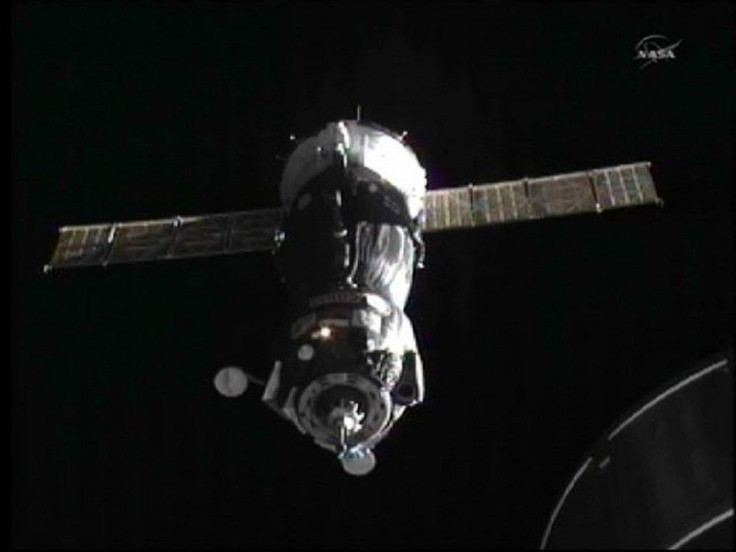In Space Race, Is Russia Now Ahead of U.S.?

With the landing of the Space Shuttle Atlantis, the era of the U.S. Space Shuttle is over, NASA and other U.S. policy makers agree.
So what era is it now? Well, until U.S. space exploration policy is clarified, it's the era of the Soyuz. At least that's the view from Moscow.
Russia's Soyuz rocket is now the only vehicle that can propel astronauts toward the International Space Station.
From today, the era of the Soyuz has started in manned space flight, the era of reliability, the Russian space agency Roskosmos said in a statement, AFP reported.
The First Soyuz was launched in April 1967. The current Soyuz can accommodate three people in roughly 141 cubic feet of space, time.com reported. In contrast, the massive space shuttle had room for six people in 2,500 cubic feet of space. The Soyuz is a throw-a-way capsule; the Shuttle, of course, a reusable spacecraft.
To be sure, the Soyuz is not 'the Mercedes or BMW' of orbit entry, but the reality in 2011 is this: the United States does not have a craft to send astronauts in to space, and Russia has an unlimited number of Soyuz space craft to make up for the shortfall.
Public Policy Analysis: It is more than a tad ironic that the United States, which won the race to the moon in order to symbolize the superiority of democracy and free markets versus communism and a centrally-planned economy, will now relinquish delivery of humans into space to...Russia.
Further, until the United States arrives at a consensus regarding long-term budget priorities, a major new space exploration by the U.S. is unlikely. In short, given current fiscal forecasts, the nation that walked on the Moon may not see a new space exploration project begin for a decade, and perhaps for longer.
© Copyright IBTimes 2024. All rights reserved.





















